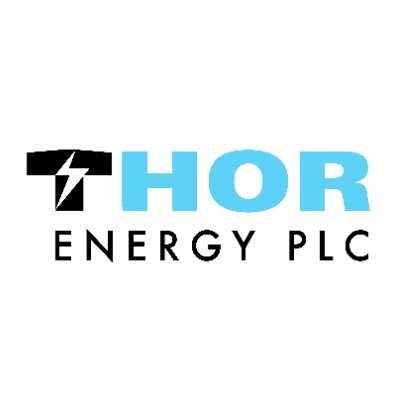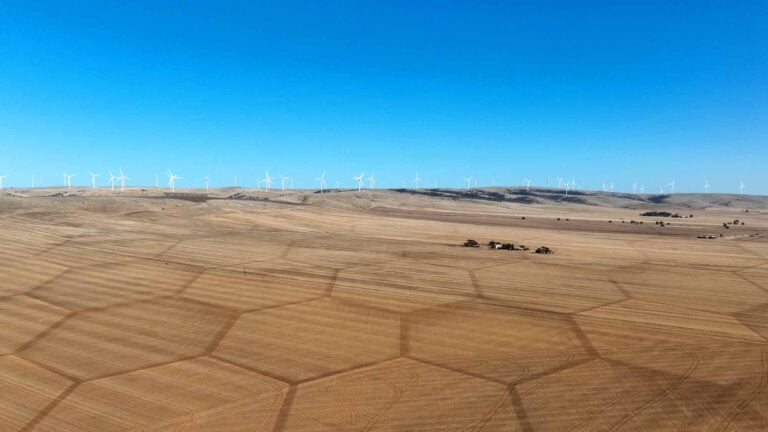A geological undercurrent is forming beyond traditional fossil narratives. Deep beneath the sedimentary layers, rarely spotlighted gases are starting to attract serious attention, not for their novelty, but for the structural and economic clarity they may now offer.
In select sedimentary basins, accumulations of non‑hydrocarbon gases, specifically hydrogen and helium, are being reassessed as viable resources. These are not incidental traces, but measurable concentrations captured within well‑sealed geological traps. Unlike hydrocarbon systems tied to organic decay, these gases form through unique, inorganic processes.
Hydrogen is naturally generated through interactions between water and rock, such as radiolysis in crystalline structures or chemical reactions in ultramafic formations. Helium, by contrast, arises from the radioactive decay of heavy elements embedded in ancient granites. Over geological timescales, these gases migrate, collecting in reservoir traps in ways analogous to conventional gas accumulations.
Early exploration results suggest these accumulations can reach commercial grades. Historic well data from several basins has revealed hydrogen concentrations exceeding 10%, with helium occasionally appearing at levels above 6%. These are not scientific curiosities, they mark thresholds that may enable economic extraction, especially in a supply environment where demand for both gases is expected to rise sharply.
The surrounding geology strengthens the case. Sub‑salt and basement‑sourced systems appear particularly promising. Certain basin architectures feature sealing salt formations, porous reservoirs, and deep granitic basement structures, all elements that can promote both gas generation and entrapment. Other formations with thick sedimentary successions or evaporite intervals may offer similar potential, especially where structural traps remain underexplored.
What makes the opportunity more tangible is a shift in regulatory clarity. In recent years, legislative frameworks have evolved to recognise exploration and production of these non‑traditional gases under existing petroleum or mineral regimes. That enables operators to begin fieldwork, commission seismic surveys, and plan drilling campaigns using familiar pathways, significantly lowering entry and operational barriers.
Importantly, the broader market context plays a critical role. Demand for helium remains robust, driven by its use in medical imaging, fibre optics, and advanced manufacturing. Supply, however, has been constrained by geopolitical issues and declining field output. Hydrogen, especially in its naturally sourced form, aligns with global decarbonisation themes. Unlike manufactured hydrogen, this form, sometimes termed “white” or “gold” hydrogen, requires no external energy input, offering carbon‑neutral credentials from the outset.
Investors may find the asymmetry appealing. These basins are largely under‑drilled with little historic focus on hydrogen or helium, yet possess the geological signatures consistent with accumulation. Exploration risks remain, and commercialising frontier plays always involves technical and financial hurdles. But the prize, an early stake in a new class of clean, high‑value gas, could be significant.
Already, initial exploration permits and drilling programs are underway across multiple basins. Some aim to confirm helium continuity, others to unlock hydrogen traps at depth. If results confirm existing indications, these zones could rapidly evolve into strategic production hubs. The investment window remains open but narrow, favouring those willing to fund early‑stage geophysical work and resource definition.
The key lies in geological selectivity. Not all basins will host viable accumulations, and the chemical pathways are highly specific. But where the right rock‑water‑time conditions exist, these gases can form in sustainable volumes. Success will come to those who understand the deeper mechanics, both chemical and commercial, and act ahead of consensus.
Thor Energy PLC (LON:THR) is a leading exploration company focused on natural hydrogen and helium, with a significant footprint in the highly prospective South Australian region.







































